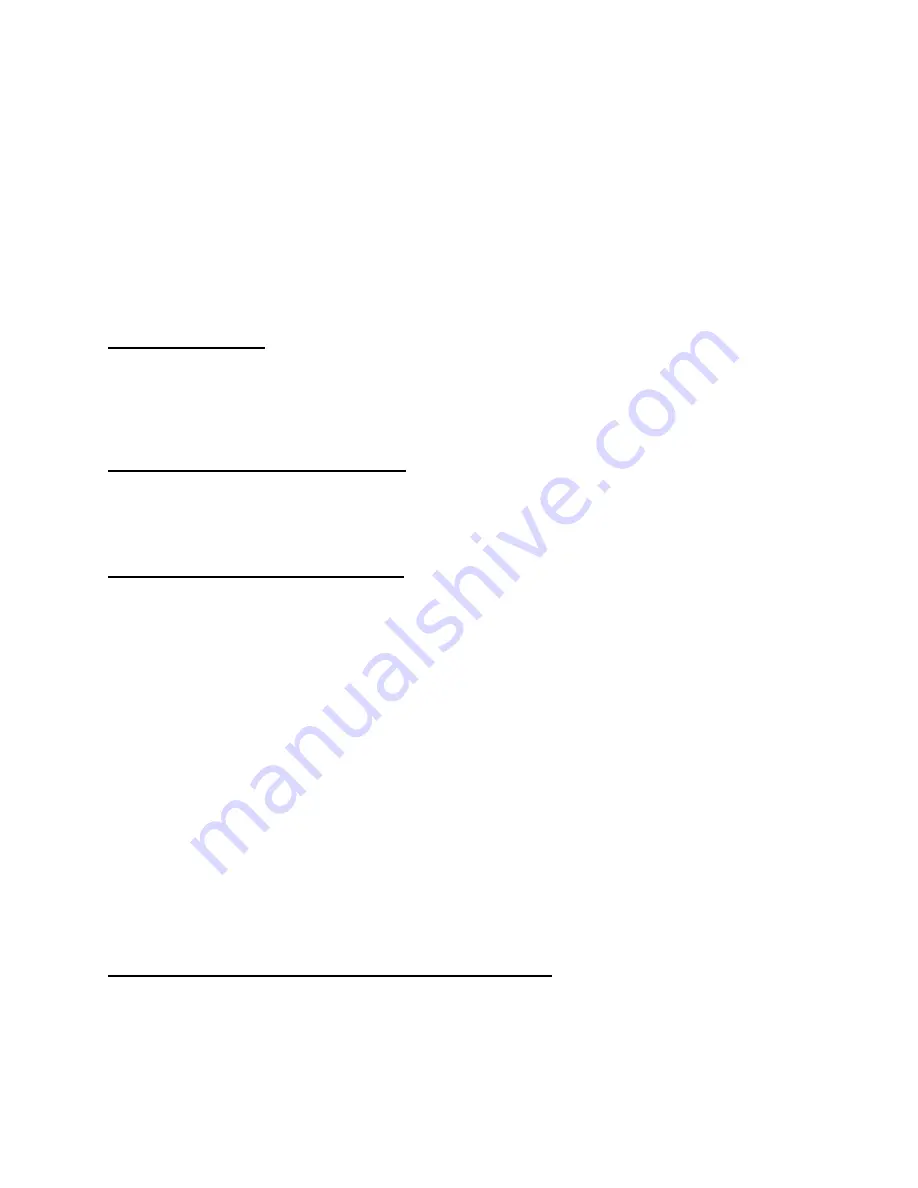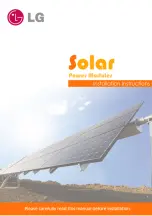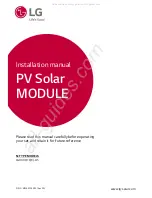
15
Emory Paper
1’ Reducer – ½” or ¾”
24” Level
5/8” x ½” wall & 7/8” x ½” wall insulation
Flashlight
Silicon Caulk and Roof Tar
Extension Cord
½” I.D. and ¾” I.D. Type M Copper Tubing
Slip Joint Pliers
Needle Nose Pliers
Pipe Wrenches, 10” and 14”
Angle Iron
Open End Wrenches, 9/16 & 7/16
Threaded Rod, Nuts, & Washers
Screw Driver 6” Flat Blade
Stainless Screw Clamps
Screw Driver 6” Philips
Thermal Adhesive
Wire Stripper or Knife
Aluminum Flashing Sheet
Wire Cutters
Black Latex Outdoor Paint
Adjustable Wrenches 8” & 10”
B. SYSTEM DESIGN
System design should be completed prior to installation. Solar collectors need to be installed correctly to
ensure high efficiency, and, most importantly, safe and reliable operation. Please seek professional
advice for the design and installation of your solar heating system. Only authorized licensed contractors
are permitted to install the solar collector.
C. DELTA-T CONTROLLER SETTINGS
Usually a Delta-T ON value of 4-6
o
C / 7-11
o
F and Delta-T OFF value of 2
o
C / 3.6
o
F is appropriate. These
settings may need to be altered slightly according to location and system design. Refer to the instruction
manual provided with the chosen solar controller for appropriate settings.
D. STAGNATION AND OVERHEATING
Stagnation refers to the condition that occurs when the pump stops running. This can be due to pump
failure, power blackout, or as a result of a high tank temperature protection feature built into the controller,
which turns the pump off.
If the system is designed to allow stagnation as a means of preventing tank overheating, the collector and
plumbing in close proximity may reach temperatures of >200
o
C / 395
o
F; components that may be
exposed to these high temperatures, such as valves, plumbing or insulation, should be suitably rated.
If the system is designed to allow stagnation of the collector when the tank reaches a set maximum level,
steam may form in the header. In such a system, a temperature relief valve or auto air vent should NOT
be installed on the collector outlet, as these options may not be able to withstand the high temperatures
and will not allow stable stagnation of the collector (may dump hot water).
The pressure and temperature relief valve on the tank may open to release pressure or heat as required.
Under such conditions the collector manifold will normally reach a maximum temperature of around 160
o
C
/ 320
o
F. Any heat returning from the collector is generally not hot enough to cause a continued increase
in tank temperatures (i.e. heat input is less than tank heat losses), and therefore is able to meet
requirements in force in some regions limiting tank hot water dumping. A crackling noise may be heard
down the supply line when hot water is used, as the pressure in the system drops and steam forms. This
is normal.
E. CORRECT SYSTEM SIZING TO AVOID OVERHEATING
The system should be sized so that overheating of the tank is difficult to achieve in a single day, even
during hot, sunny periods. If the system is over-sized, such that excessive heat is often produced during
summer months, a heat dissipater unit, or alternative cooling/dissipation system should be installed.
Summary of Contents for HP-30SC
Page 37: ...37 MAINTENANCE NOTES ...
















































